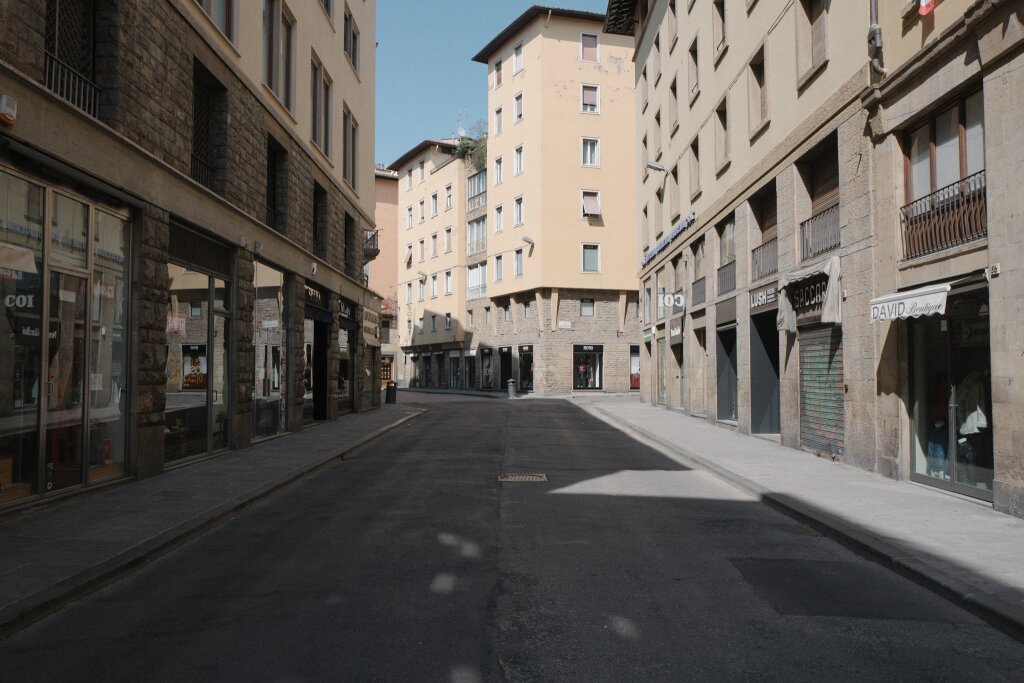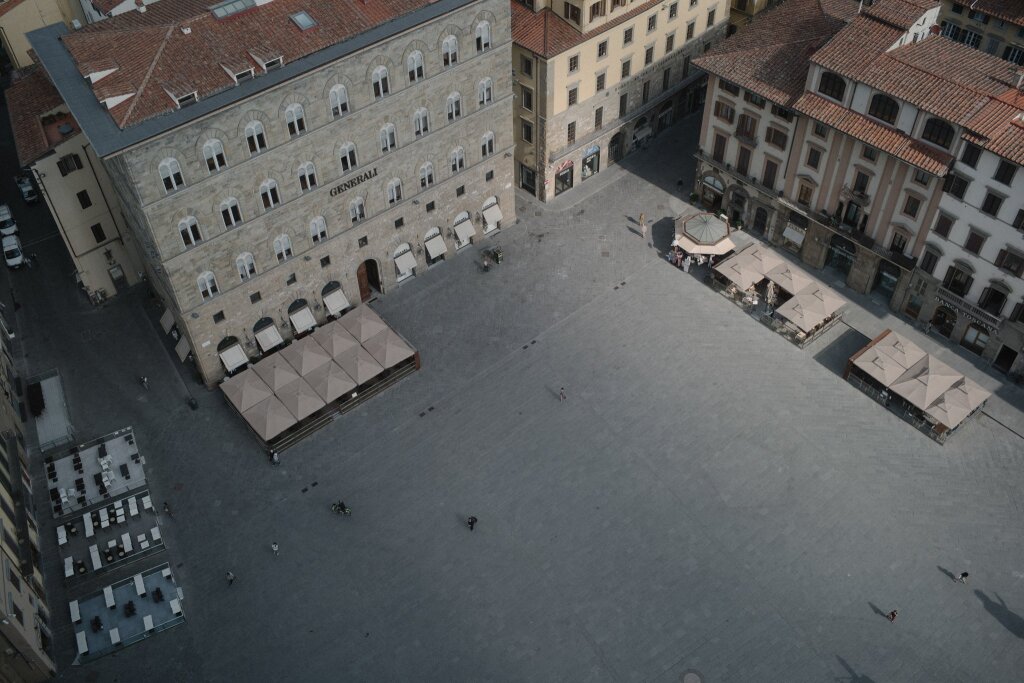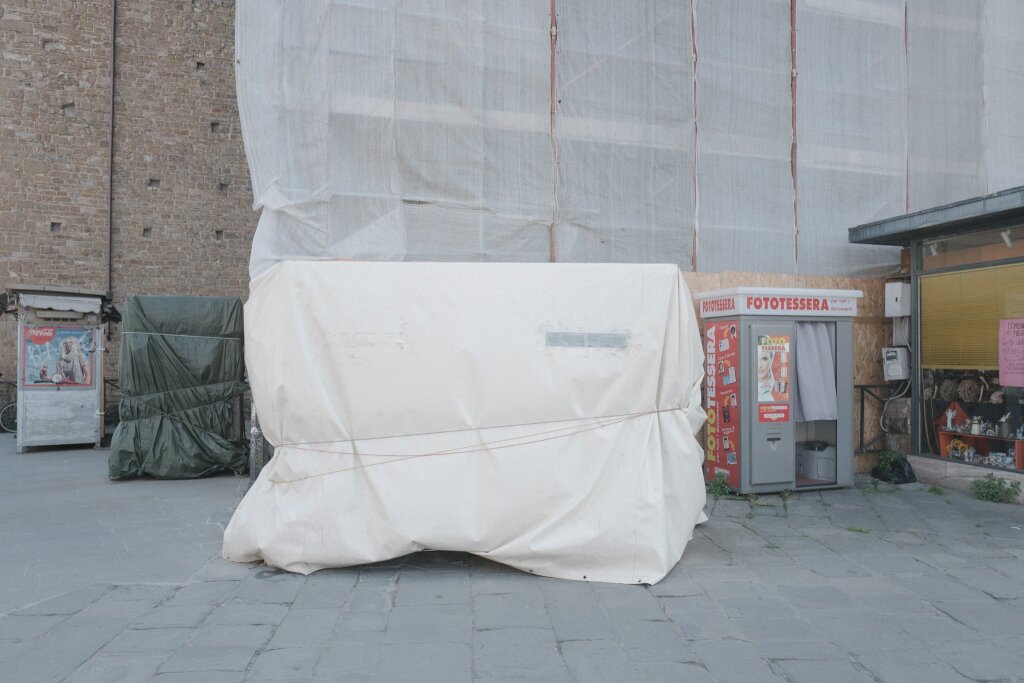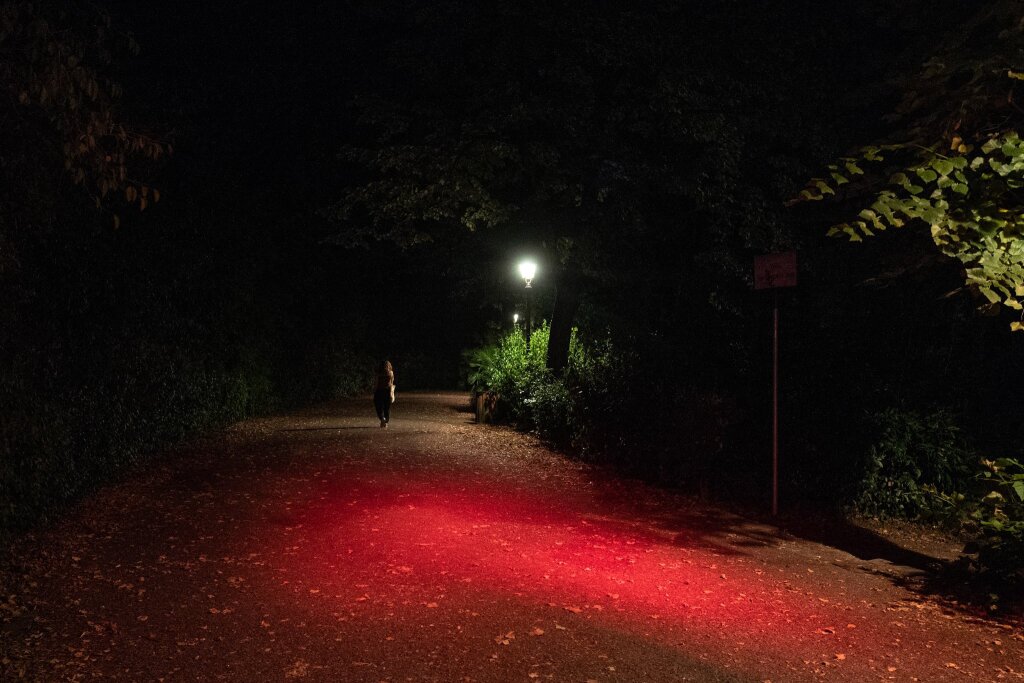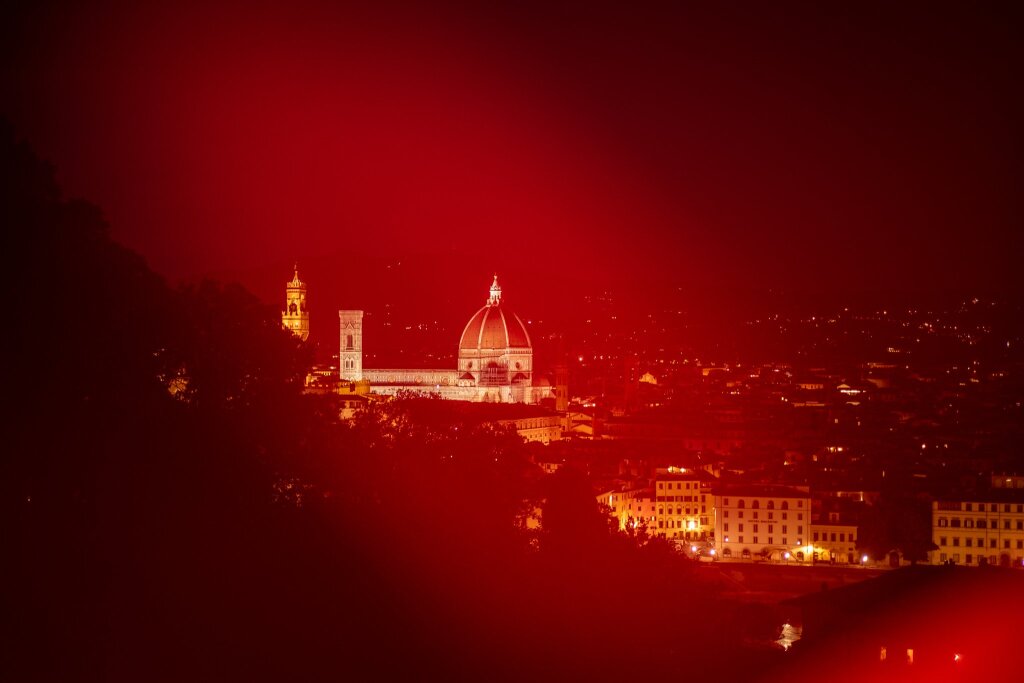Covid-19 Times, A Tourist-less Florence
In May 2020, after two months of strict lockdown, Florence, as the rest of Italy, gradually came back to life. Yet in compliance with social distancing, churches resumed celebrating masses. Libraries reopened. Restaurants could offer their dishes as take outs. Museums also slowly returned to host visitors. But the city center empty streets screamed of a void left by what has become throughout the years the undisputed protagonist of city’s life: tourism. In 2019, 23 million people from the world over visited the capital of Renaissance, for an estimated 2 billion euros worth, according to Tourism Studies Center and Irpet. In the summer of that same year, over 14,000 apartments were put on the market on short-stay platforms. A study of the Siena’s University showed that since 2015 about 20 percent of homes in the city center have been transformed in Airbnbs. And the phenomenon has not involved just real estates. Restaurants, shops, attractions: the whole city center has structured itself around the needs of passengers. Schools for foreigners, buses packed with groups that in a few hours visit all the main attractions: Santa Croce, Duomo, Ponte and Palazzo Vecchio, the Uffizi and the Accademia galleries, and so on. The pandemic has exposed the ephemeral nature of an economy largely based on mass tourism and of a city that has increasingly relegated its inhabitants to the outskirts. In May, I captured a tourist-less Florence re- emerging from the lockdown.
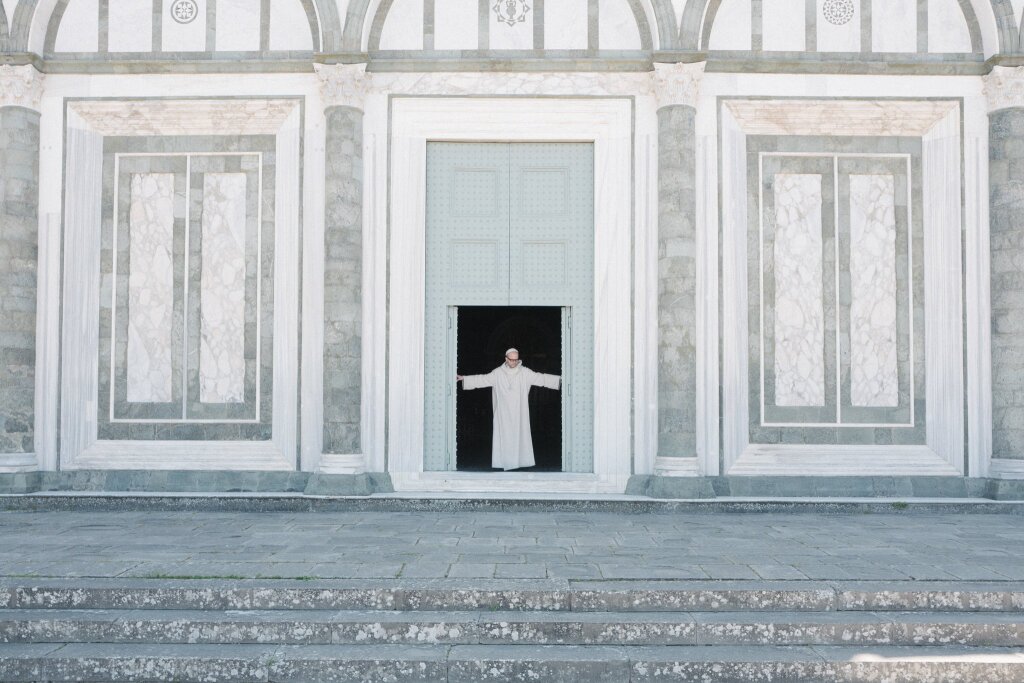
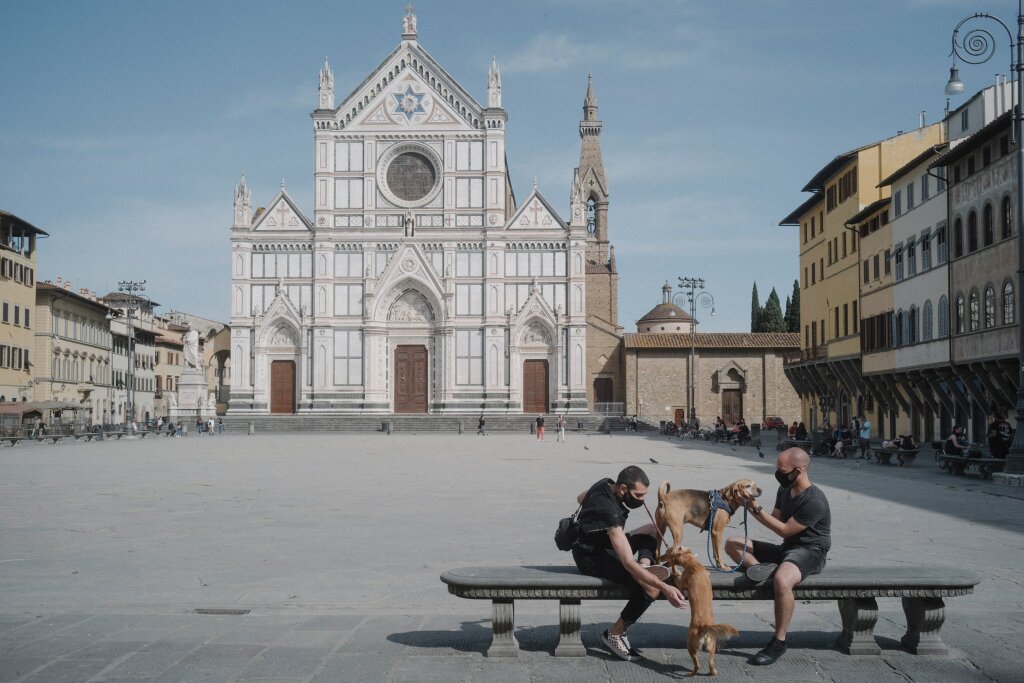
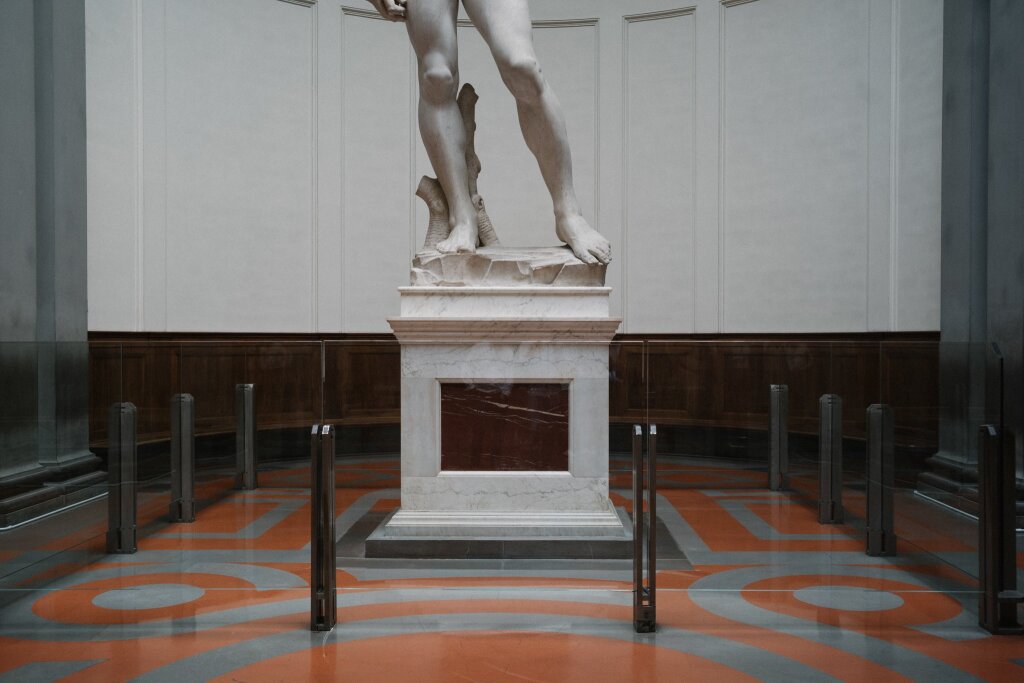


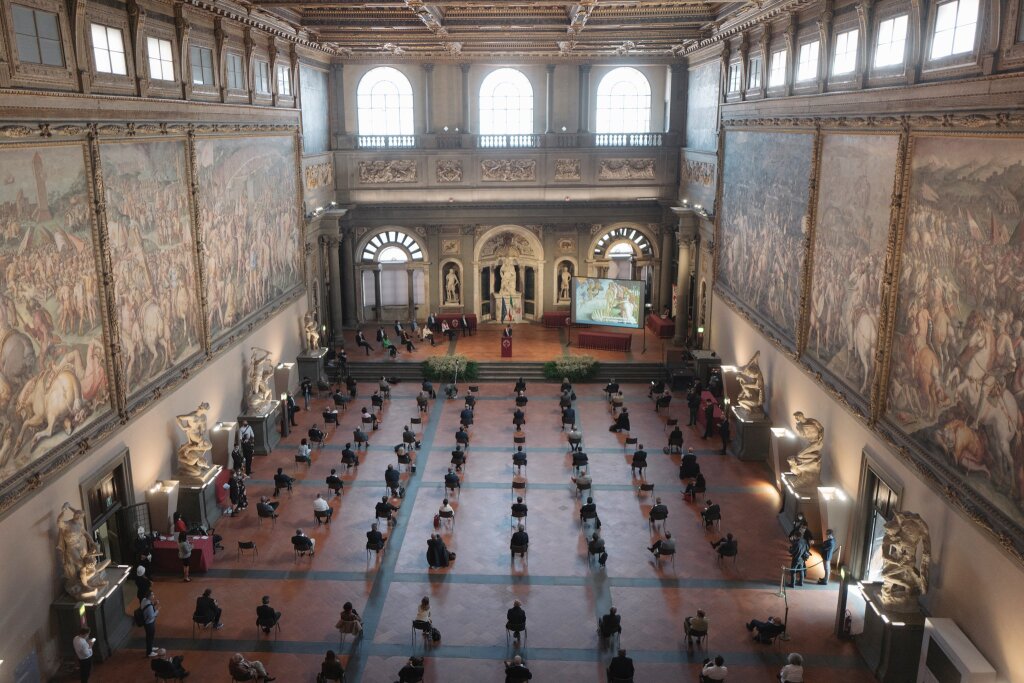
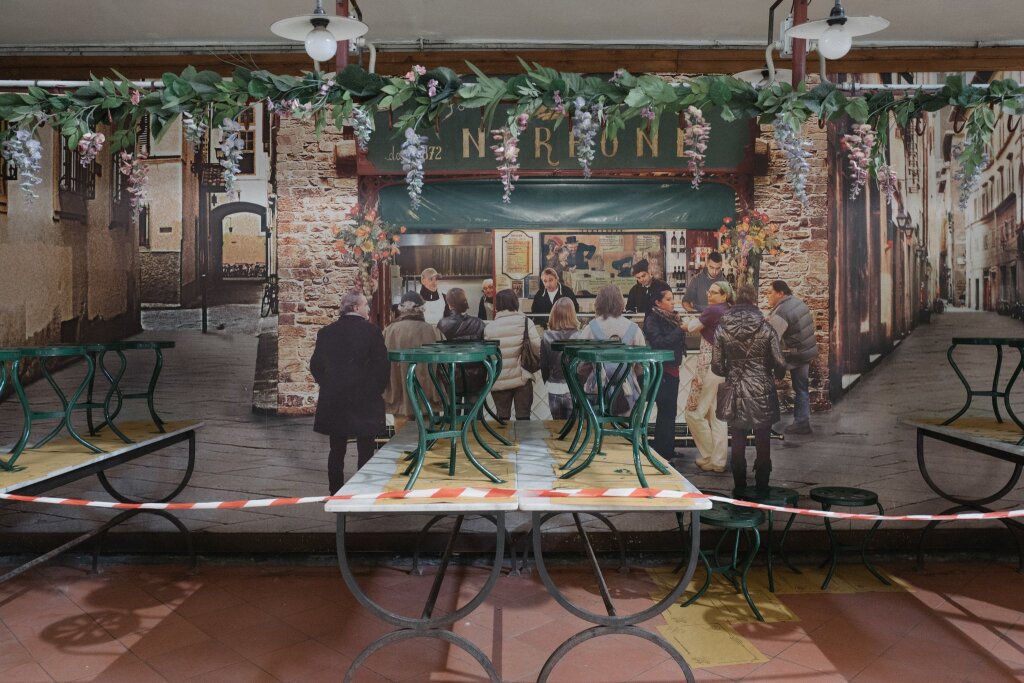



-50.jpg)

-50.jpg)
